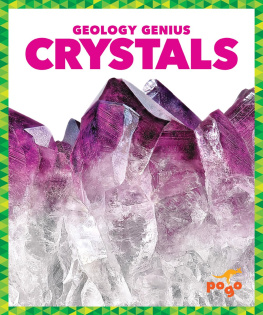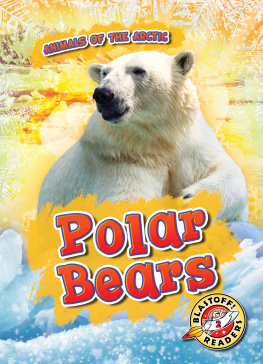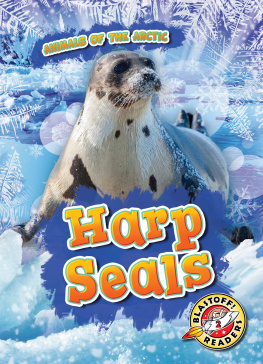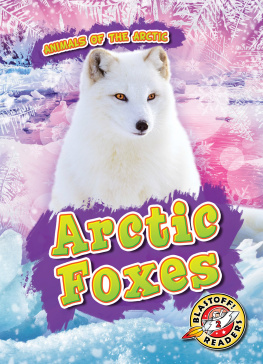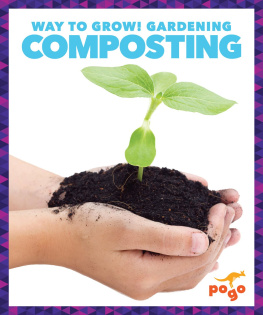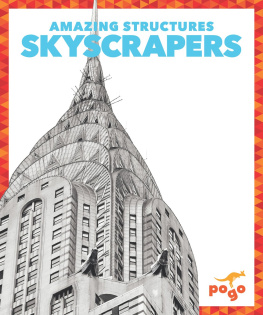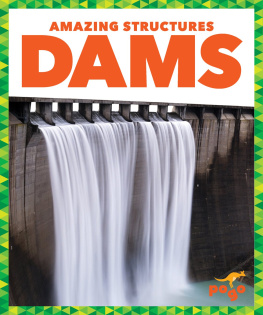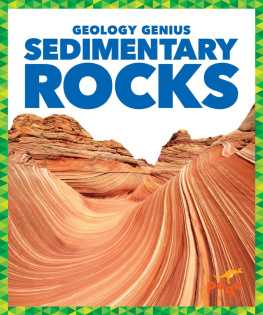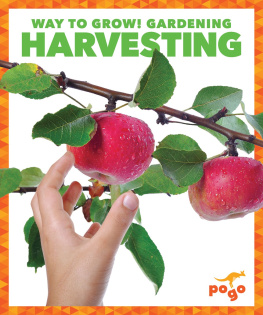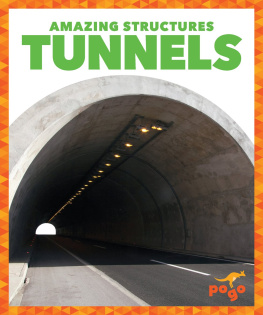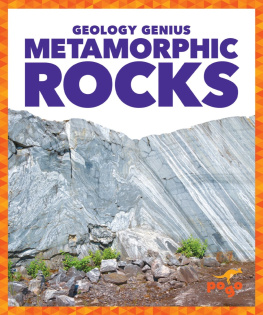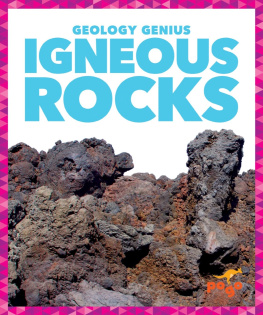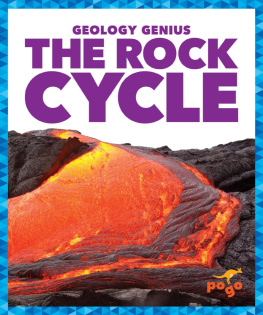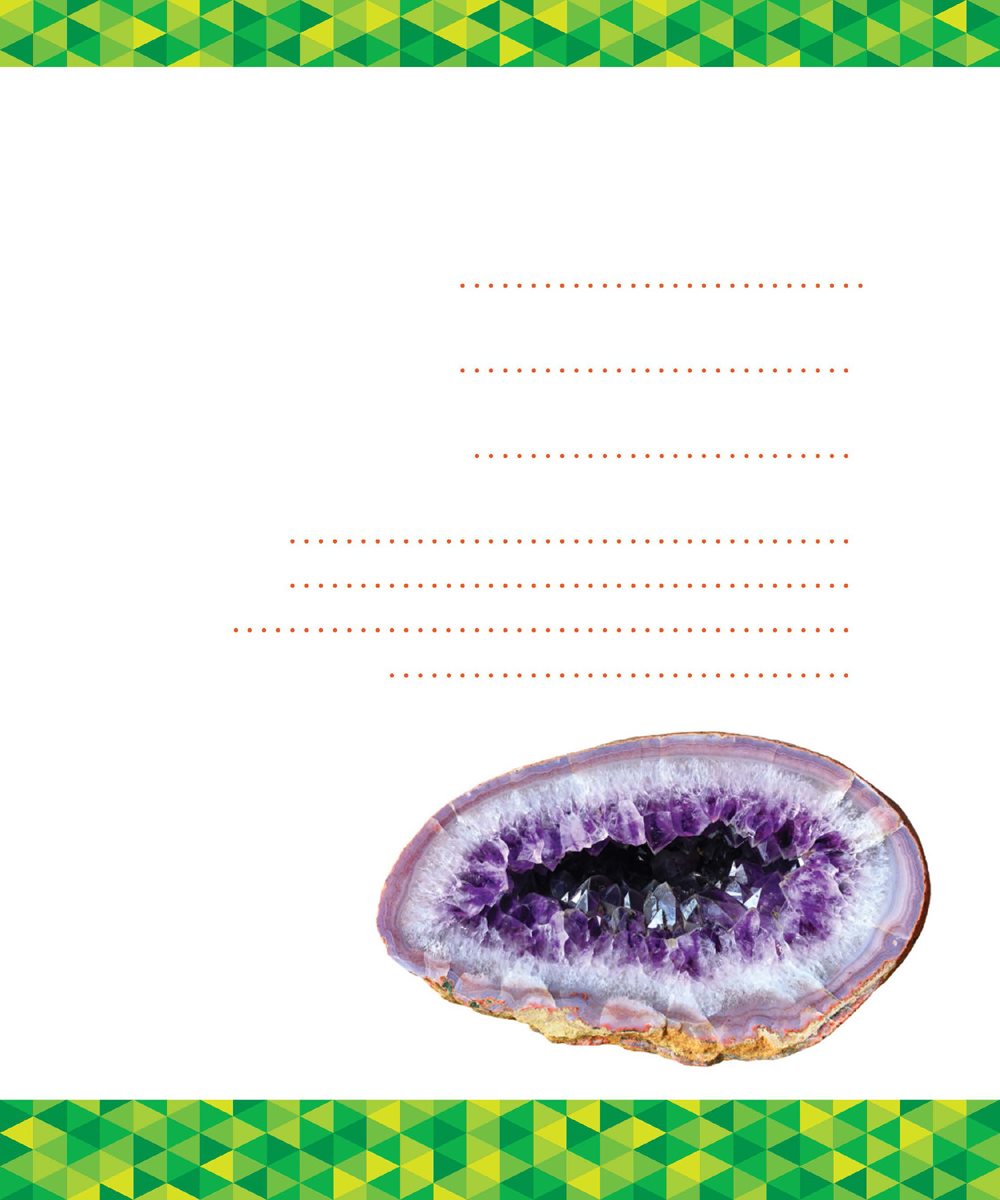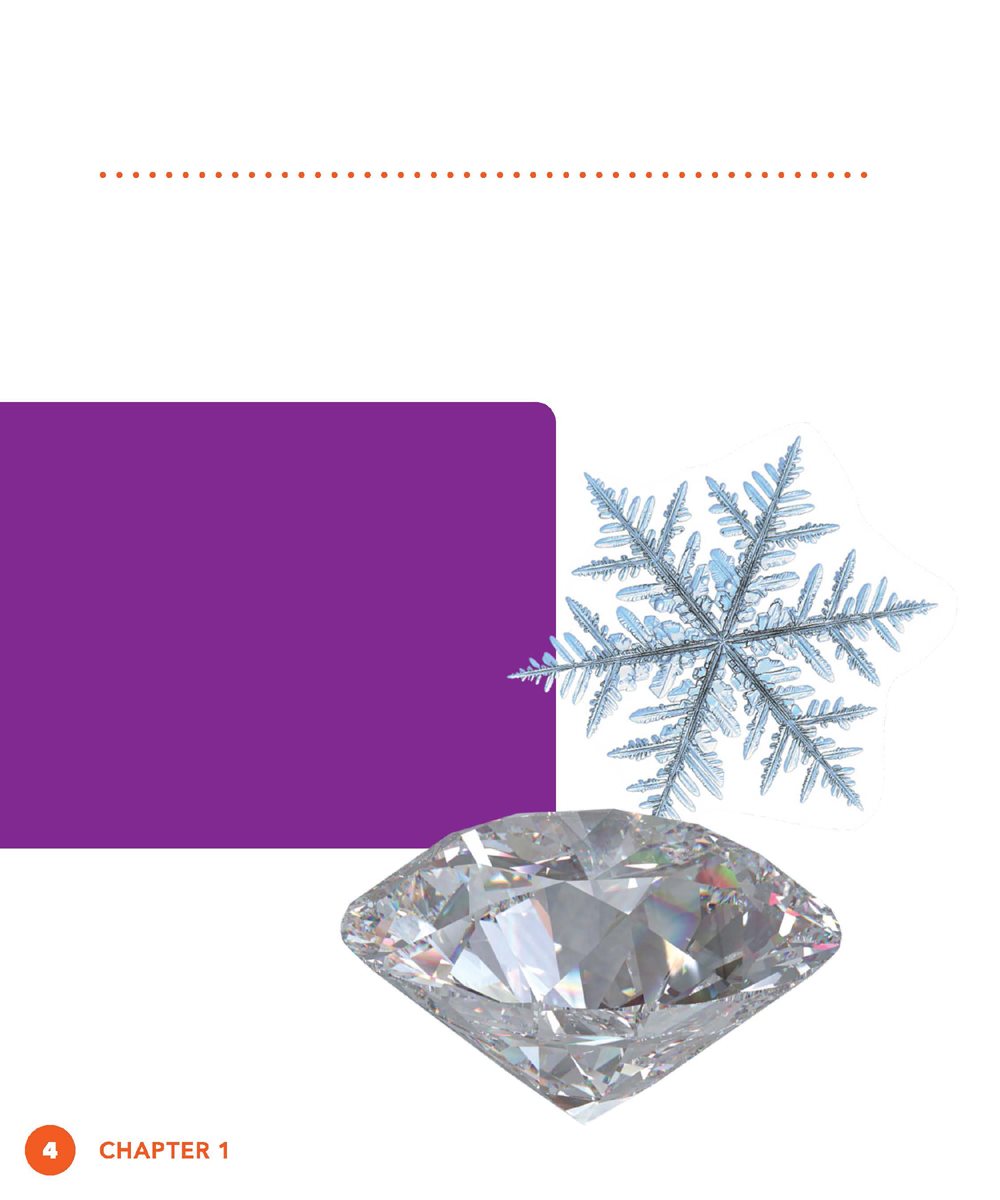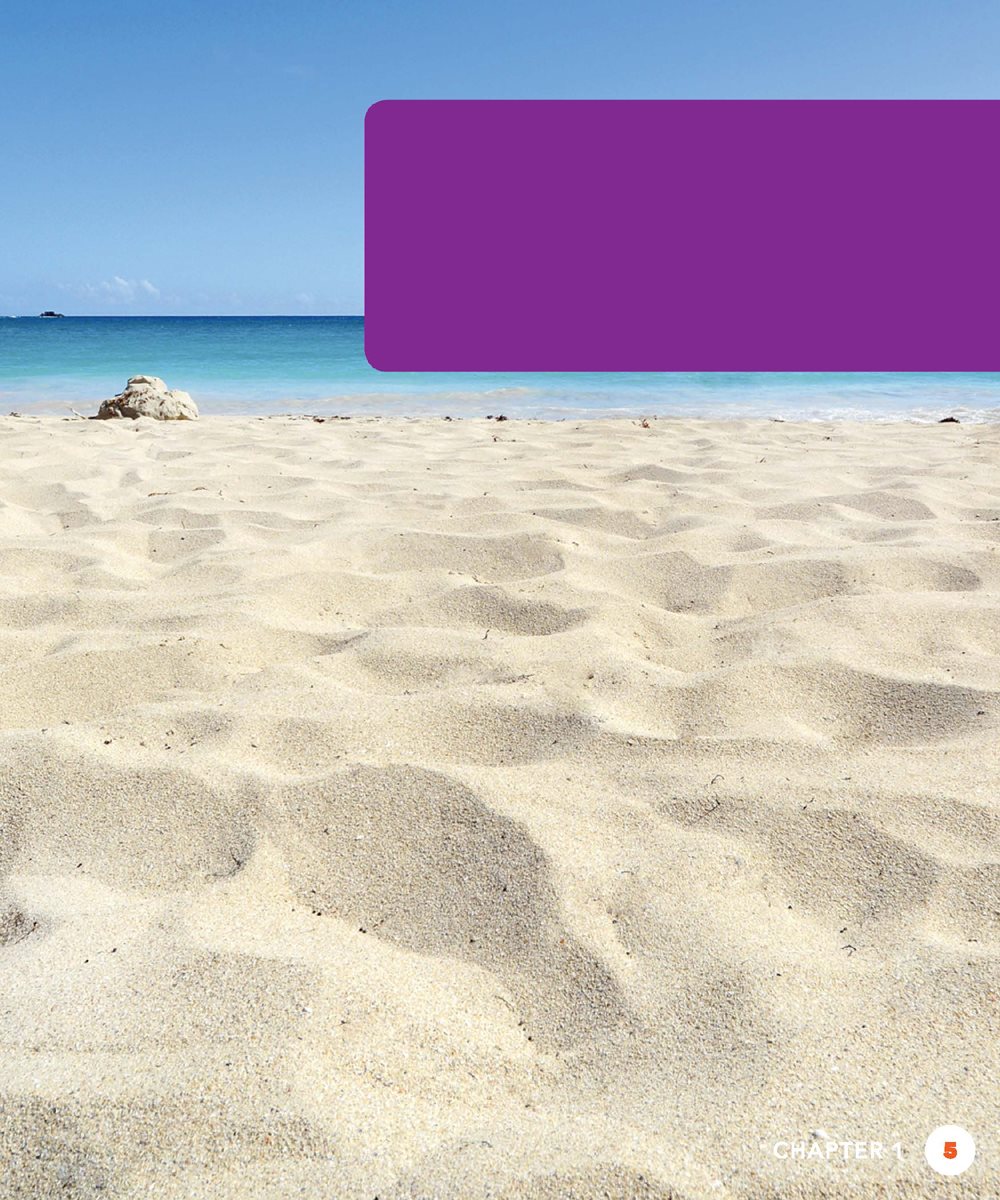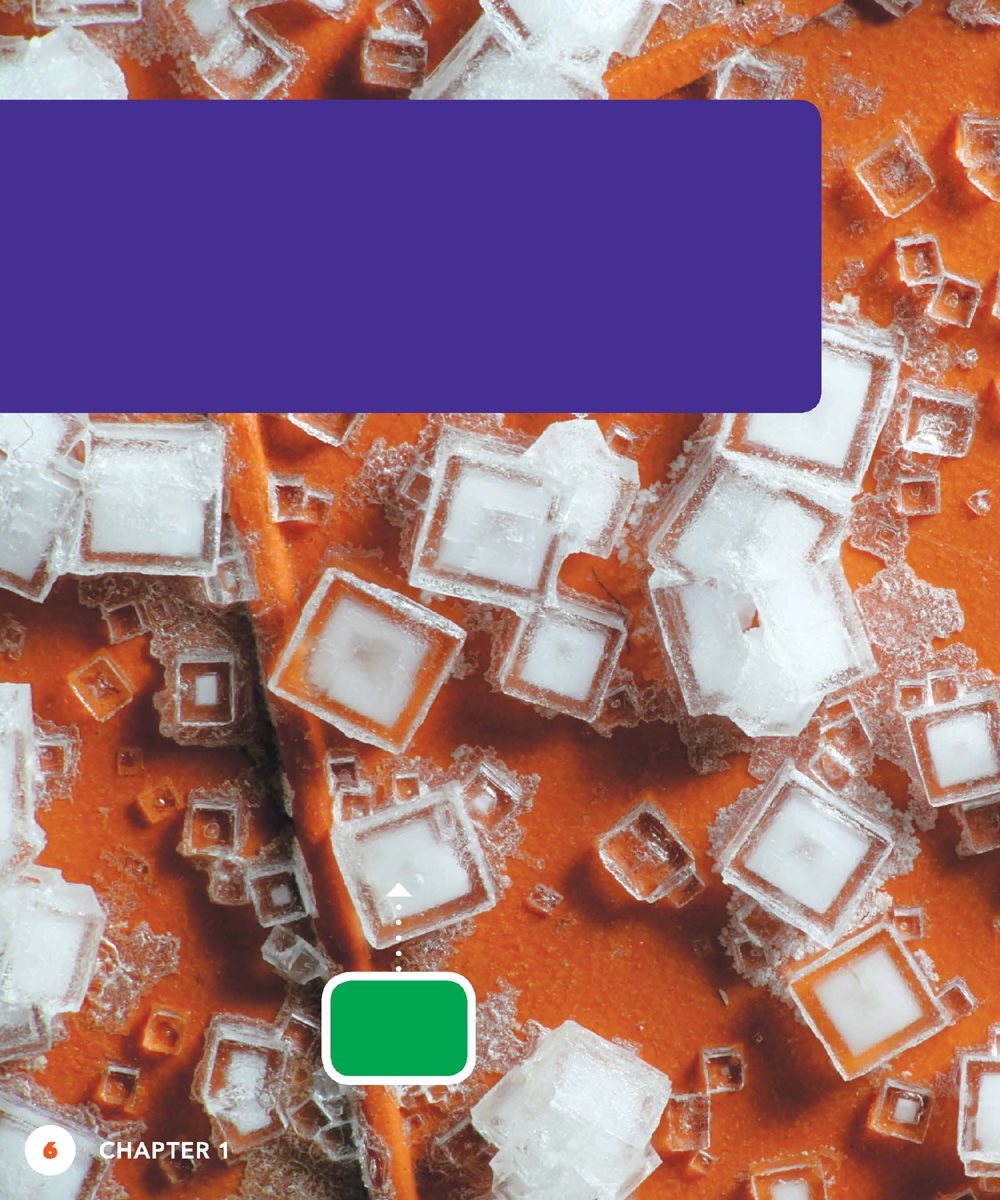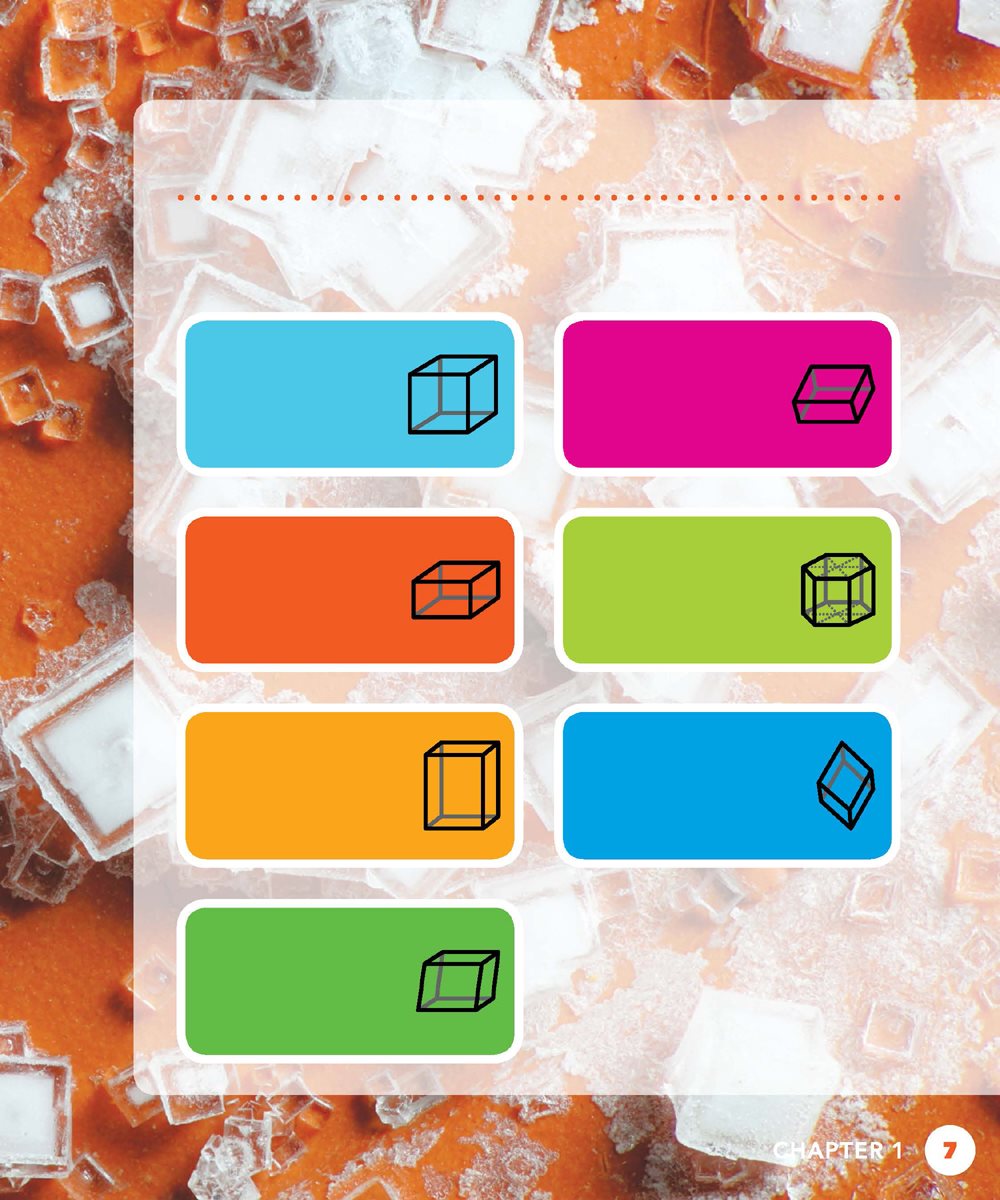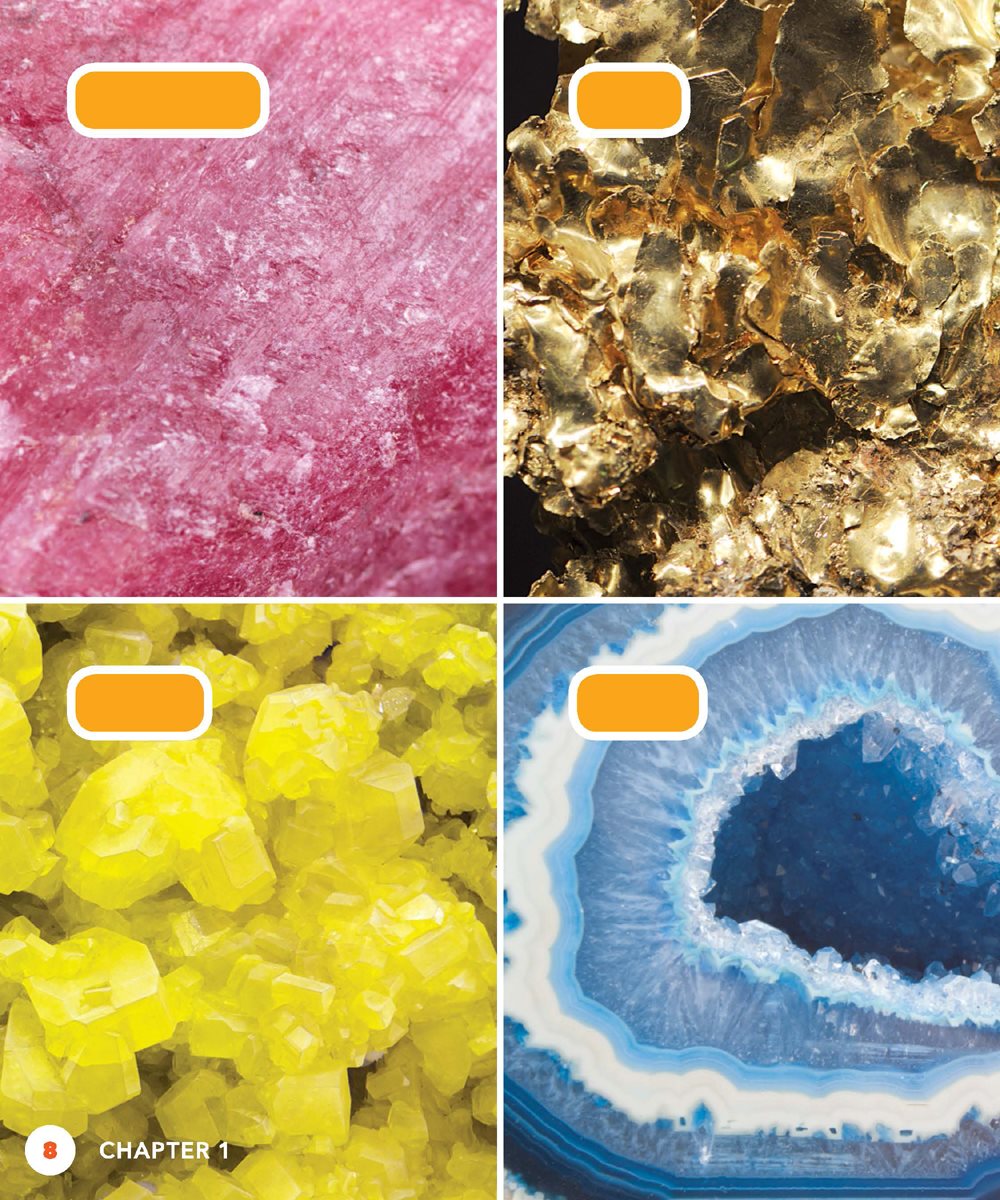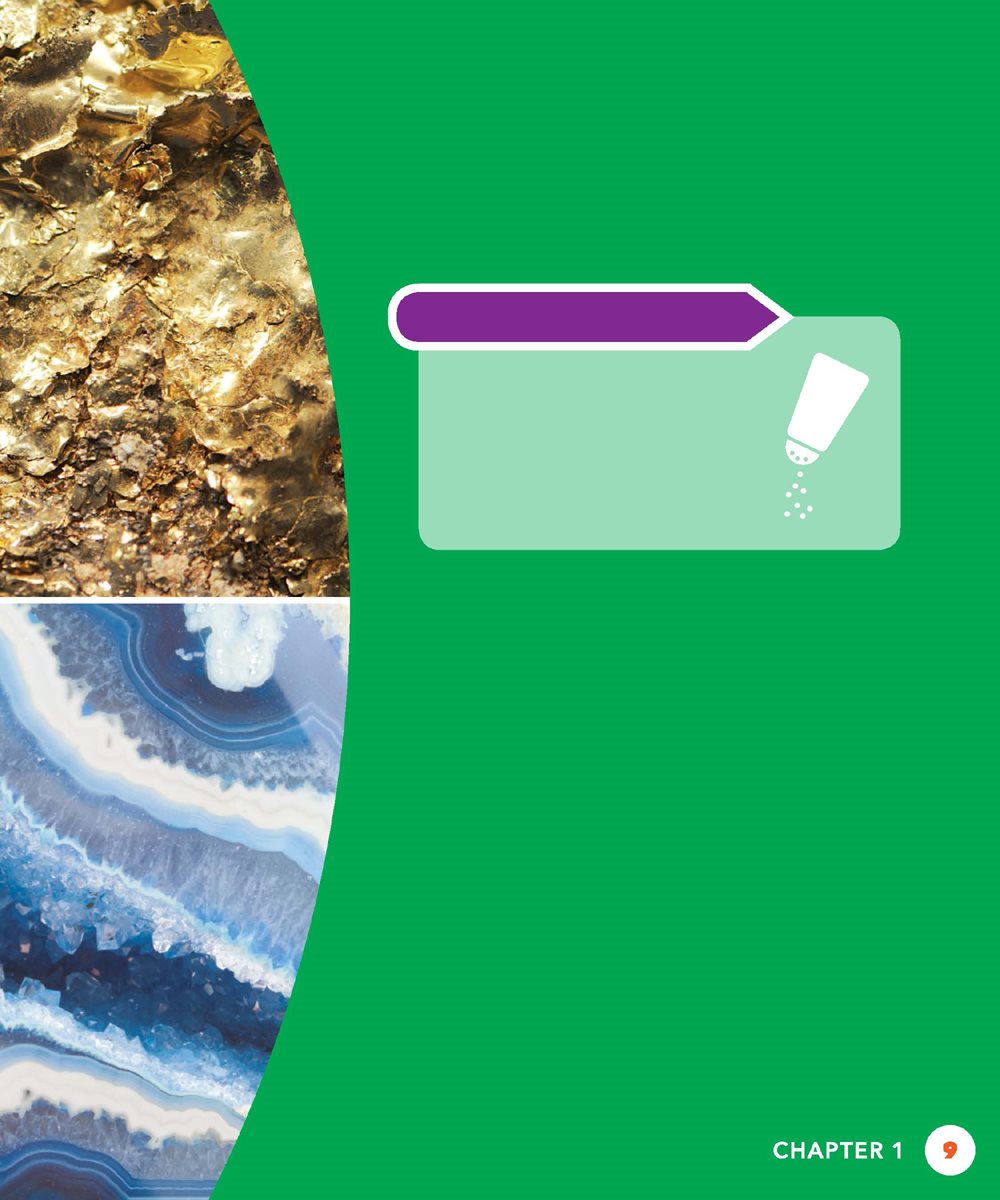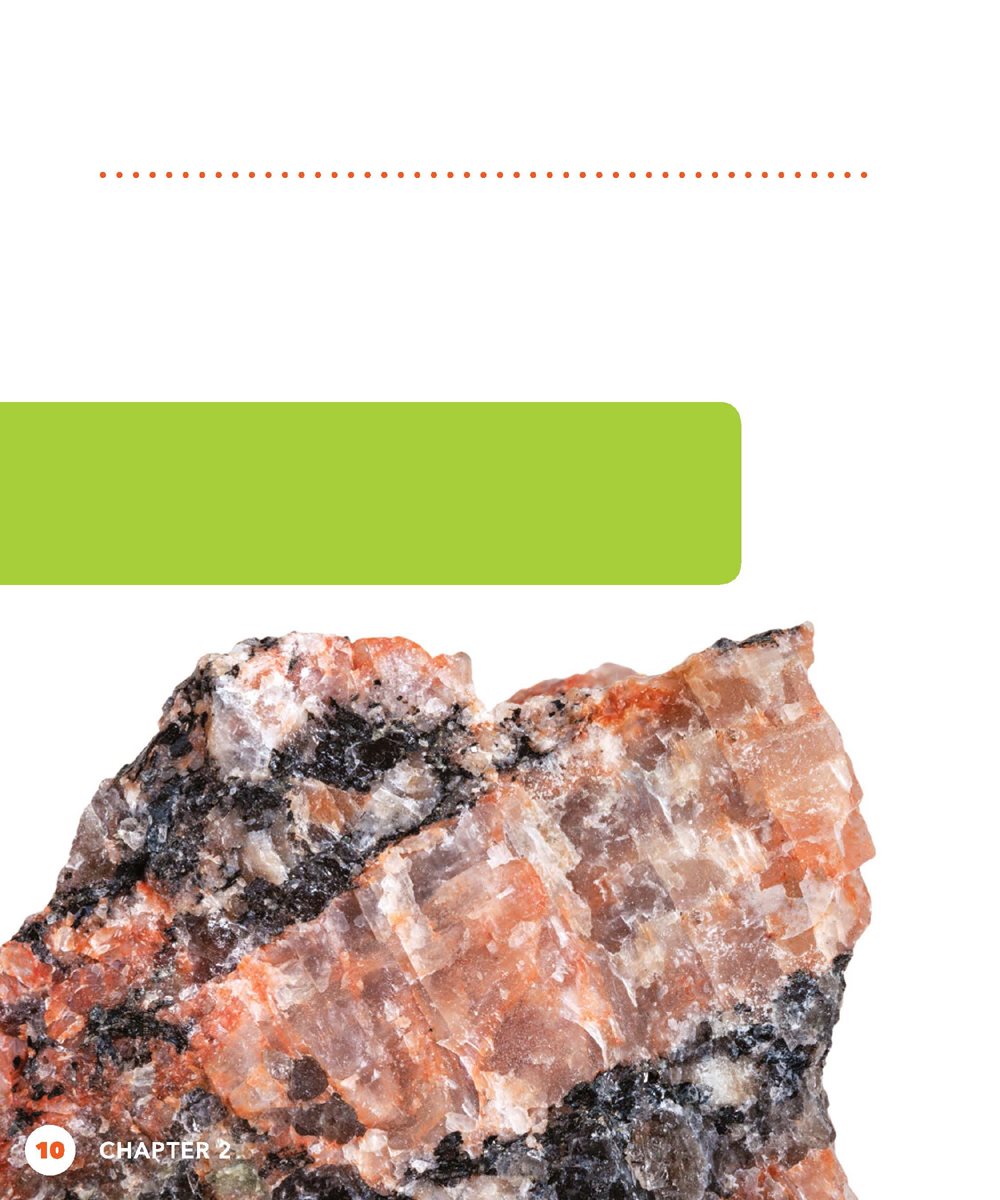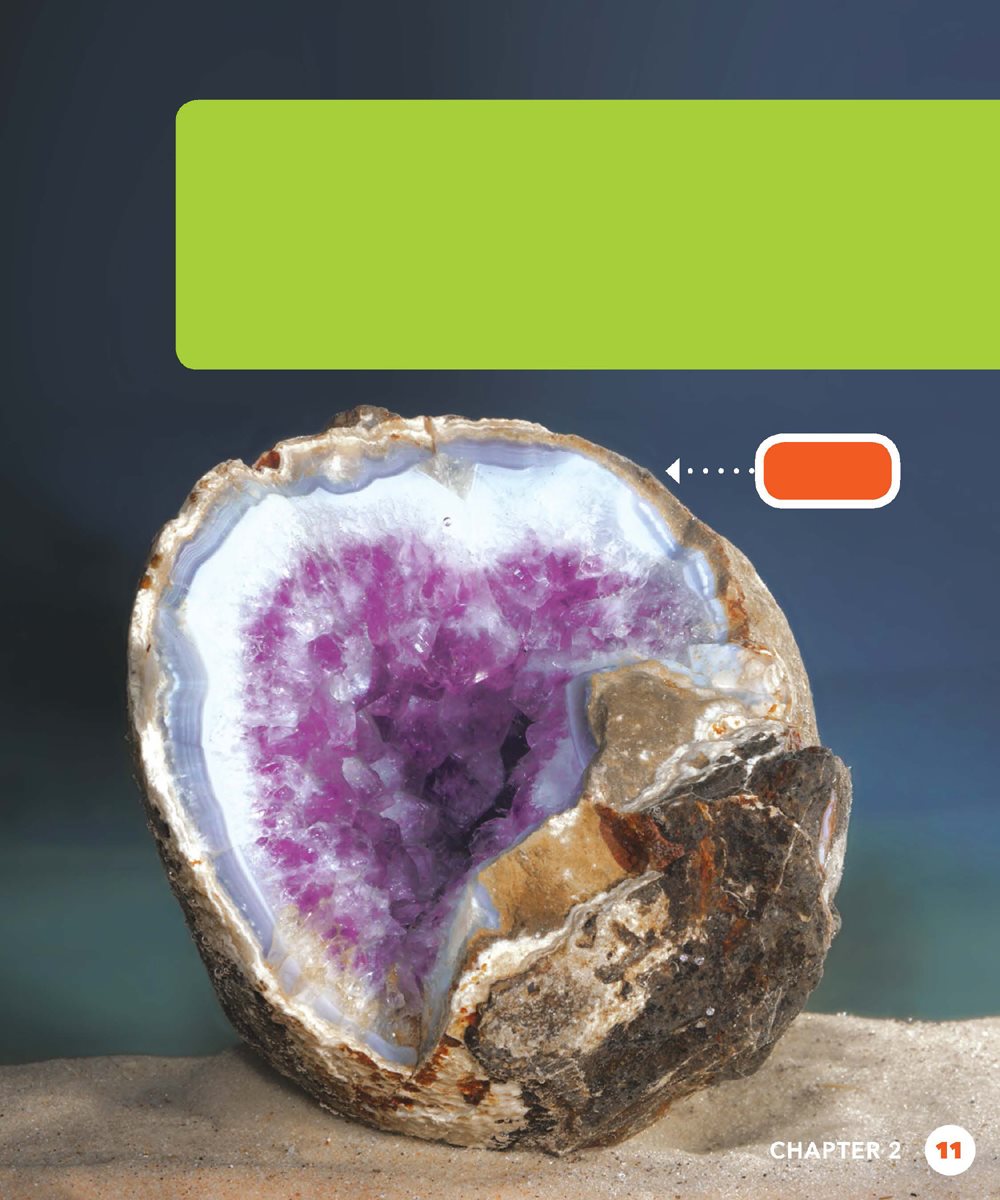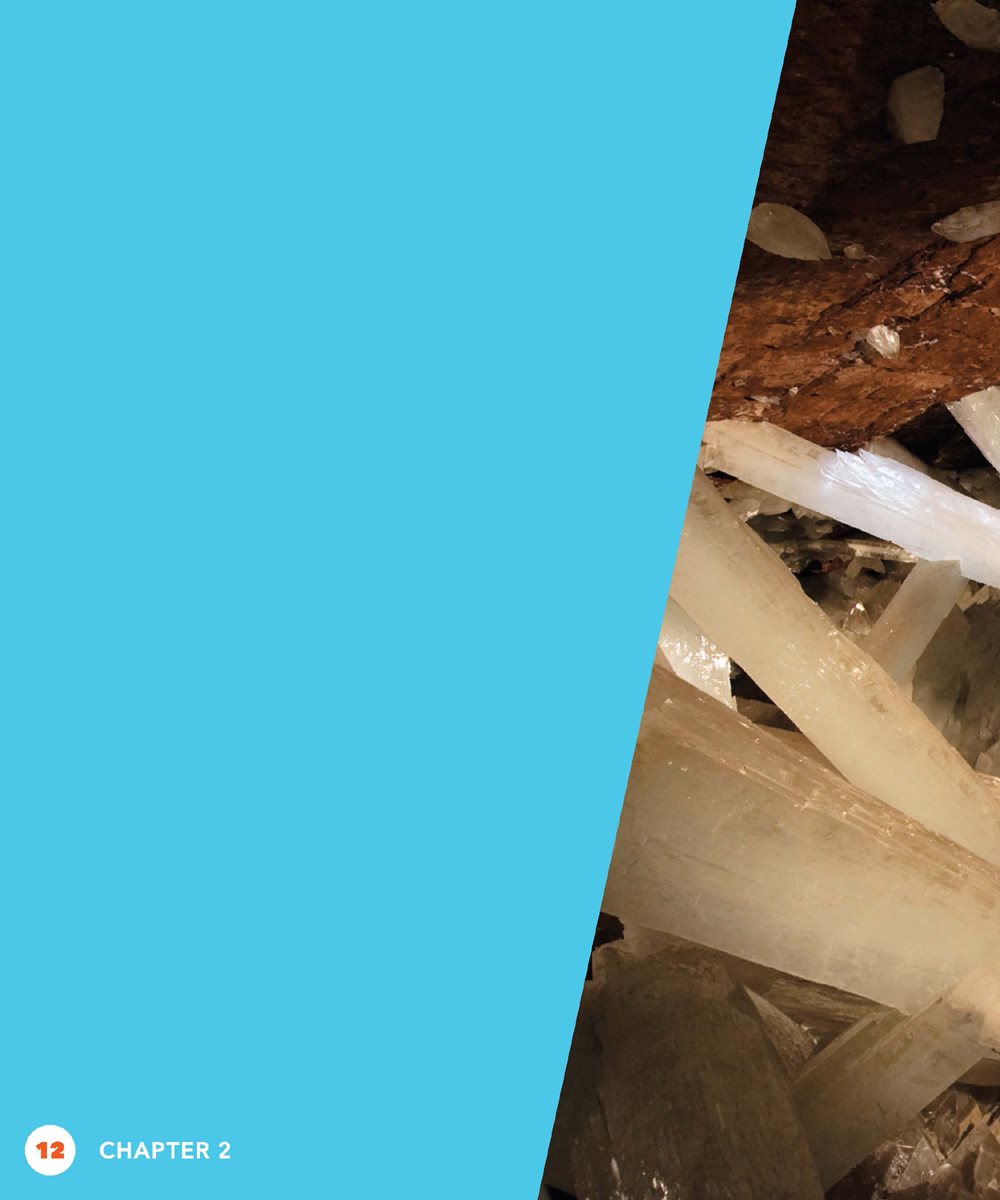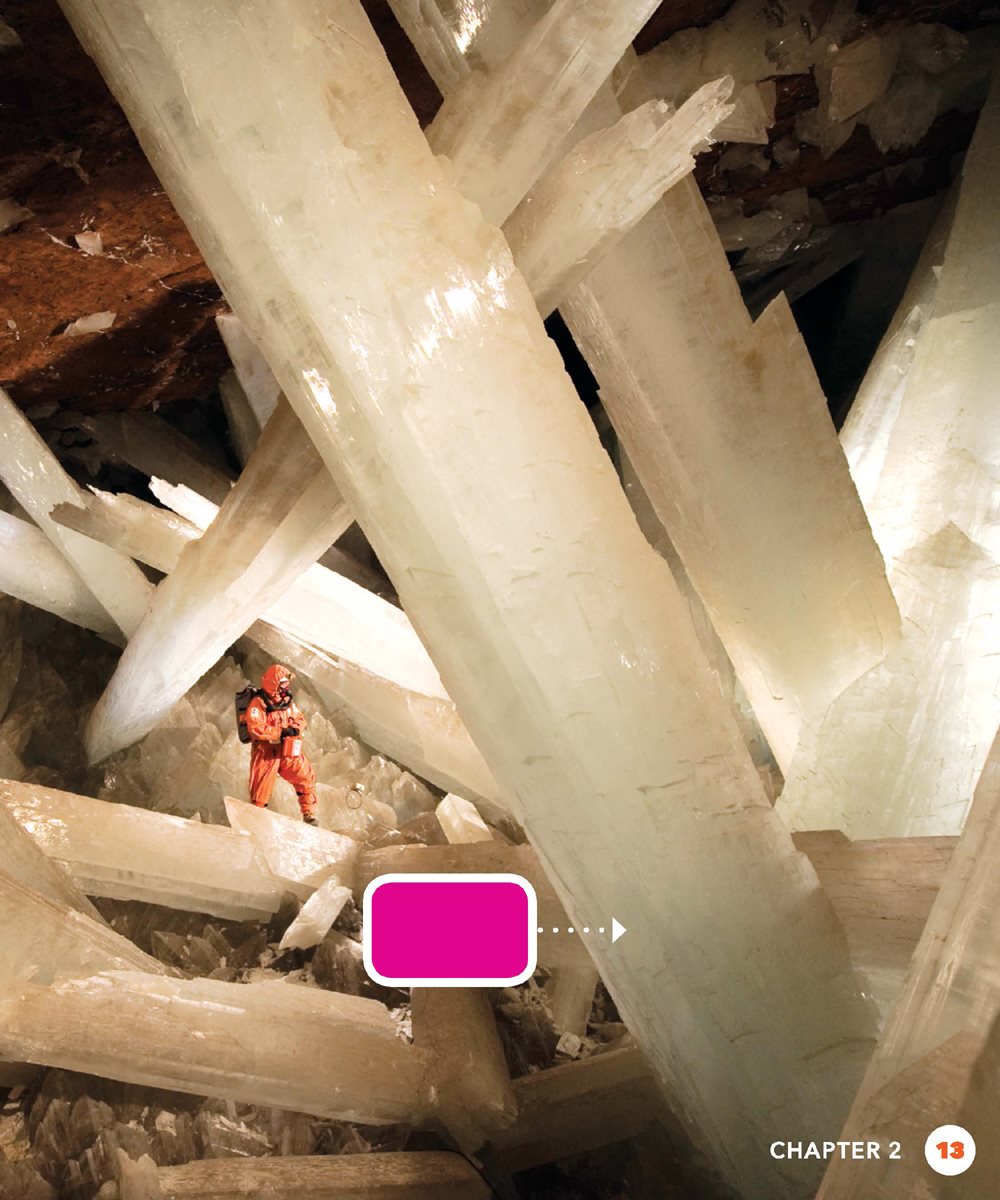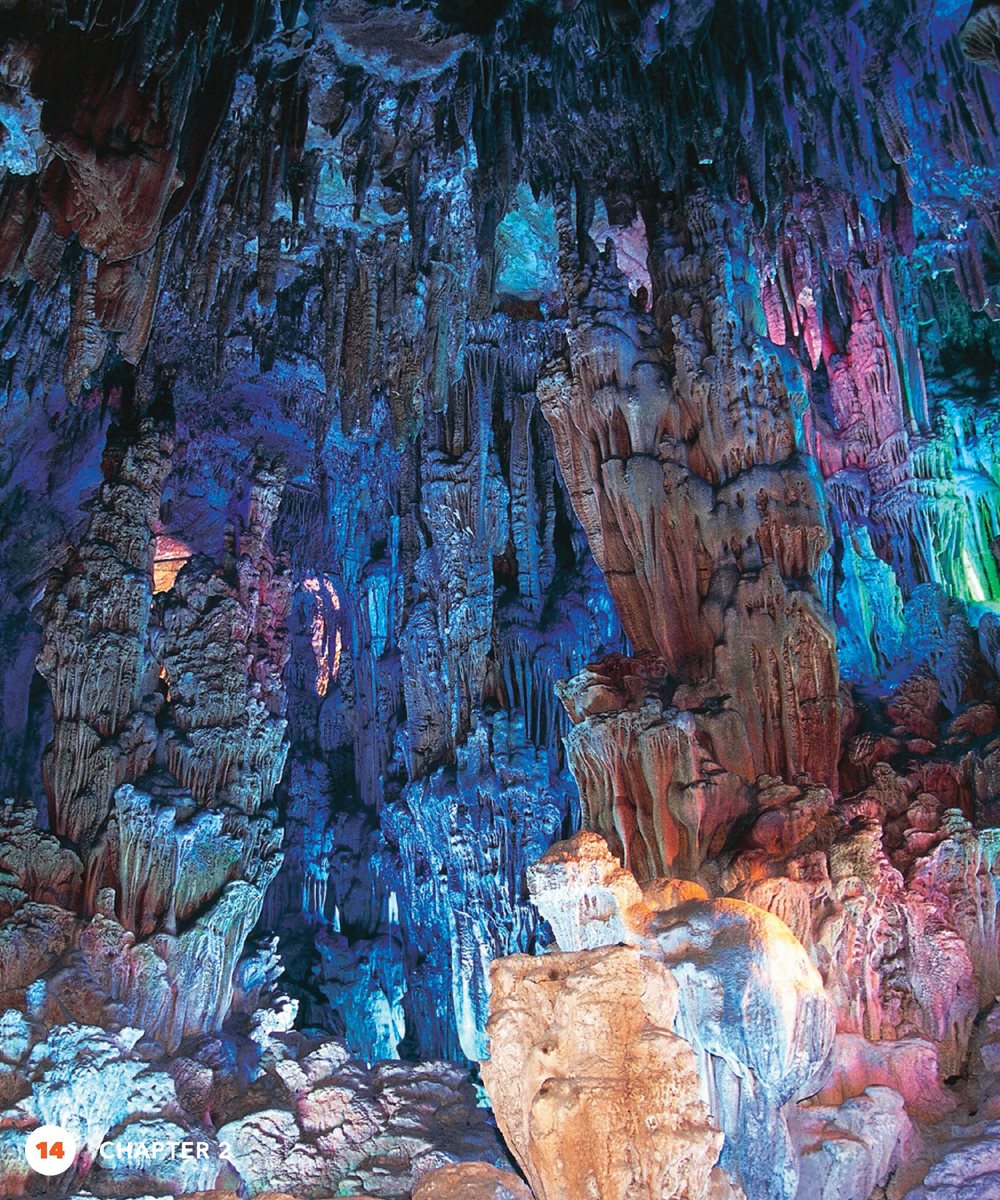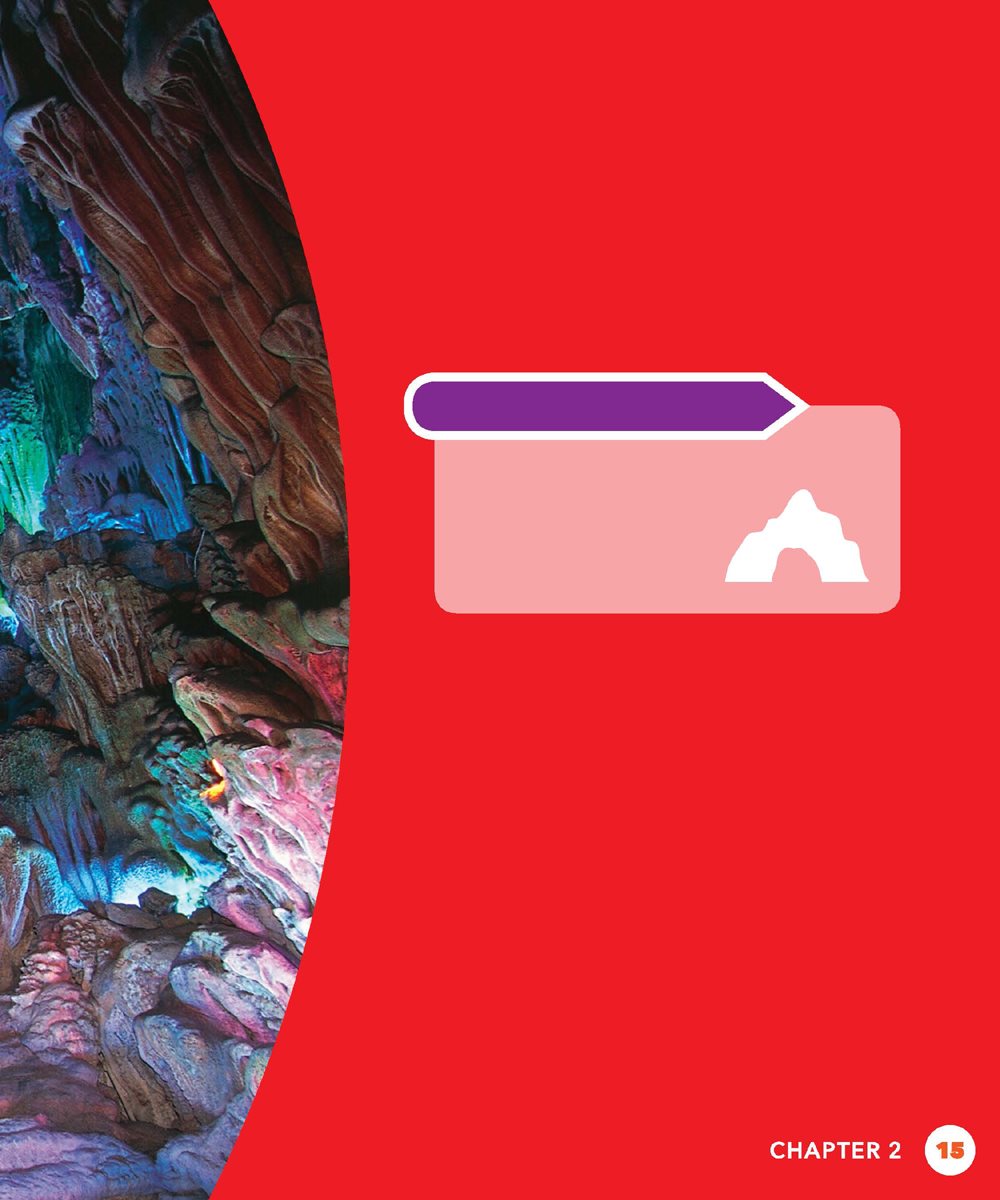Contents
Ideas for Parents
and Teachers Pogo Books let children practice
reading informational text while
introducing them to nonfiction
features such as headings, labels,
sidebars, maps, and diagrams,
as well as a table of contents,
glossary, and index. Carefully leveled text with
a strong photo match offers
early fluent readers the support
they need to succeed. Before Reading Walk through the book and
point out the various nonfiction
features. Ask the student what
purpose each feature serves. Look at the glossary together.
Read and discuss the words. Read the Book Have the child read the book
independently.
Invite him or her to list questions
that arise from reading. After Reading Discuss the childs questions.
Talk about how he or she might
find answers to those questions. Prompt the child to think more.
Ask: Have you ever broken open
a geode? Did you know how
geodes formed before you read
this book? Pogo Books are published by Jump! 5357 Penn Avenue South Minneapolis, MN 55419 www.jumplibrary.com Copyright 2019 Jump! International copyright reserved in all countries. No part of this book may be reproduced in any form without written permission from the publisher. Library of Congress Cataloging-in-Publication Data Names: Pettiford, Rebecca, author.
Title: Crystals: geology genius / by Rebecca Pettiford.
Description: Minneapolis, MN: Jump!, Inc., [2018]
Series: Geology genius | Pogo Books are published by
Jump! | Audience: Ages 710. paper)
ISBN 9781624968259 (pbk.)
ISBN 9781624968266 (ebook)
Subjects: LCSH: CrystalsJuvenile literature.
CrystallographyJuvenile literature.
Classification: LCC QD921 .P4727 2018 | DDC 548dc23
LC record available at https://lccn.loc.gov/2017044912 Editor: Kristine Spanier Book Designer: Michelle Sonnek Content Consultant: Sandra Feher, M.S.G.E. paper)
ISBN 9781624968259 (pbk.)
ISBN 9781624968266 (ebook)
Subjects: LCSH: CrystalsJuvenile literature.
CrystallographyJuvenile literature.
Classification: LCC QD921 .P4727 2018 | DDC 548dc23
LC record available at https://lccn.loc.gov/2017044912 Editor: Kristine Spanier Book Designer: Michelle Sonnek Content Consultant: Sandra Feher, M.S.G.E.
Photo Credits: All photos by Shutterstock except: Scott Camazine/Alamy, 89; Carsten Peter/ Speleoresearch & Films/Getty, 1213; DEA/C. DANI/I.JESKE/Getty, 1415; Andy Sutton/Alamy, 17; Matteo Chinellato - ChinellatoPhoto/Getty, 1819; pncphotos/Dreamstime, 2021. Printed in the United States of America at Corporate Graphics in North Mankato, Minnesota.
TABLE OF CONTENTS
CHAPTER WHAT ARE
CRYSTALS? What do diamonds
and snowflakes have
in common? They are
crystals! Crystals are
solid Matter is
made up of two things.
These are too small to
see with your eyes.
Crystals are everywhere.
They are in
Minerals are in rocks.
The sand on a beach is
many broken mineral crystals.
Crystals have sharp corners.
They have
a regular pattern of flat surfaces. As the
crystal grows, the pattern of the shape
grows. This helps to identify what it is
made of. All salt crystals look like cubes.
crystals look like hexagons. salt
crystal
TAKE A LOOK! Crystals can be divided into seven general patterns.
Different crystals can share the same one. cubic
examples:
gold, salt triclinic
examples:
albite, rhodonite tetragonal
examples:
chalcopyrite, zircon hexagonal
examples:
calcite, quartz orthorhombic
examples:
aragonite, sulfur trigonal
examples:
amethyst, hematite monoclinic
examples:
mica, selenite
rhodonite gold sulfur agate
Many gemstones are crystals.
Metals like gold and silver
are crystals, too. cubic
examples:
gold, salt triclinic
examples:
albite, rhodonite tetragonal
examples:
chalcopyrite, zircon hexagonal
examples:
calcite, quartz orthorhombic
examples:
aragonite, sulfur trigonal
examples:
amethyst, hematite monoclinic
examples:
mica, selenite
rhodonite gold sulfur agate
Many gemstones are crystals.
Metals like gold and silver
are crystals, too.
DID YOU KNOW? Crystals are in things we use every
day. They are in
like salt. Quartz crystals are
in clocks. Glass is not a crystal.
Why not? Its molecules are not
arranged in a repeating pattern.
CHAPTER HOW CRYSTALS
FORM Crystals form when a liquid changes
to a solid. is melted rock.
It cools.
Crystals form.
Water dissolves minerals. It carries
those minerals away. They enter
The cavities slowly fill
with crystals. These are known as geodes. geode
Cave of the Crystals is in
Mexico.
It has some of the
largest crystals in the world.
Many are feet (11 meters)
high. They have been growing
for more than 500,000 years.
How do they grow? The cave has water
in it. crystals.
selenite
crystal
The Reed Flute Cave is in China.
It was once filled with water.
crystals formed from

